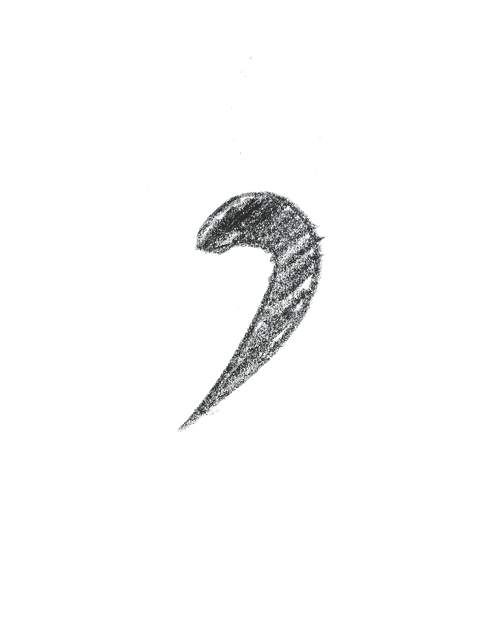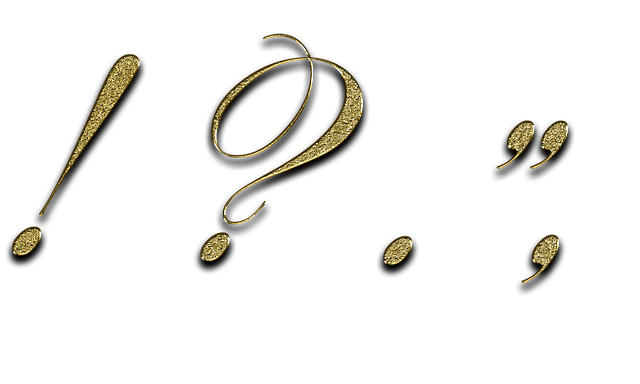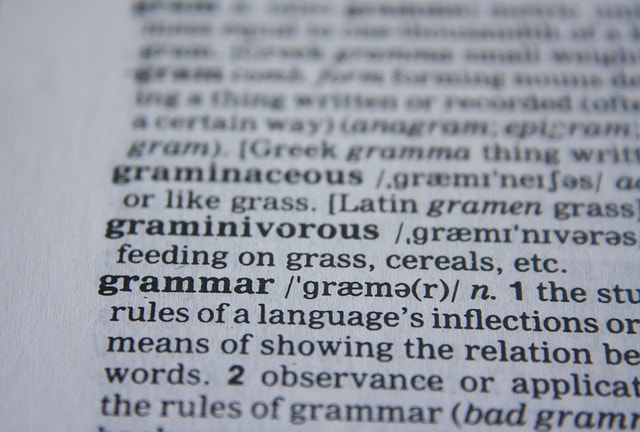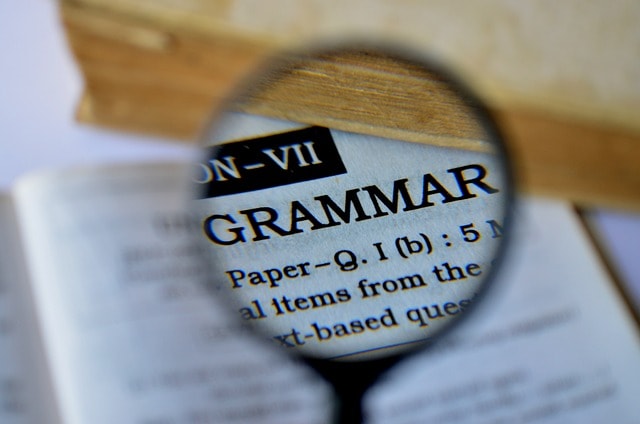If you’re learning English, then you’re learning grammar. Not only will good grammar enhance your writing flow, but you’ll communicate with the reader in a better way, too.
A central part of grammar is the correct use of the comma. But are there different types of commas in English? What are they used for?
Read on as we look at the different types of commas you’ll use in your writing along with the various comma rules you should know.

Oct 10, 2024 • 6 min read
How Many Types of Commas Are There?
If you’re wondering how many types of commas are there in the English language, you should know that there are four types of commas:
- Serial commas
- Introductory commas
- Coordinating conjunction commas
- Nonrestrictive commas
Each comma usage has its own purpose and should only be used in certain circumstances. You’ll usually use a comma to improve your writing flow.
The Serial Comma
The serial comma is also known as the Oxford comma. You’ll need to use a serial comma when your sentence includes a list of at least three items. You’ll insert the comma after the penultimate list item, or the second from the last item in the list.
Let’s take a look at an example of using a serial comma in a sentence:
- Example: Today I bought milk, bread, eggs, and apples.
The serial comma makes the sentence clear and prevents confusion. It’s also compulsory in American English to use the serial comma. So use it if you want your essay writing to be grammatically correct!
British English is flexible when using serial commas; however, it allows writers to include or omit them.

Introductory Comma
An introductory comma inserts a comma at the beginning of the sentence after a dependent clause or an introductory word. The purpose of this comma is to help the sentence flow smoothly.
Here’s an example of using an introductory comma after a dependent clause:
- Example: If it rains, I’ll stop playing tennis.
In the example, “if it rains” is the dependent clause so the introductory comma is placed after it. The dependent clause can’t stand alone by itself and is dependent on the rest of the sentence.
Remember that dependent clauses are also called “subordinate clauses.”
Let’s take a look at an example of an introductory comma inserted after an introductory word:
- Example: However, we decided to travel by bus.
“However” is the introductory word in the example. An introductory comma is placed after this word, showing the reader that the rest of the sentence will follow.
This also applies to introductory phrases and an introductory clause. An introductory phrase will be placed at the beginning of the sentence, followed by an introductory comma.
Use a comma here to lead the reader to the main point of the sentence and noun phrase. You can do this regardless of the writing structure.

Coordinating Conjunction Commas
The coordinating conjunction comma places a comma before a conjunction. So, remember that conjunctions are words such as “and,” “or,” and “but.” This type of comma breaks up a sentence to join up two independent clauses.
An independent clause is a clause that could stand alone if need be. Let’s look at an example of an independent clause:
- Example: Sally wanted to go to school.
This independent clause contains a subject and a verb and could stand alone as a sentence by itself. But, you could use a coordinating conjunction comma and another independent clause to tell the reader more information.
Here’s an example of two independent clauses and a coordinating conjunction comma:
- Example: Sally wanted to go to school, but she had to go to the doctor.
The coordinating conjunction comma is placed before the conjunction “but.” A detailed sentence is formed that tells the reader more about Sally.

Nonrestrictive Commas
Nonrestrictive commas are used the same way parenthesis, or bracketing, is used. You can use nonrestrictive commas when introducing or concluding an essay.
The information included inside of nonrestrictive clauses provides the reader with additional detail. But, if this information was not included, the remainder of the sentence would still be complete.
Here’s an example of a sentence giving the reader more information when using nonrestrictive commas:
- Example: The Christmas holiday, which takes place every year, will be in December.
Two commas are used to separate the nonrestrictive clause. The sentence would be perfectly complete if it stated, “The Christmas holidays will be in December.”
But, including the additional information inside the nonrestrictive commas, adds a layer of detail for the reader.

What About Quotation Marks?
Quotation marks are another punctuation tool that you need to get right to be grammatically correct. American English differs from British English in how a quotation mark is used. So let’s look at the information you need to know.
Double Quotation Marks
American English mainly uses double quotation marks. This is used when inserting direct speech and quotations inside a text. You might also use double quotation marks to highlight titles and to emphasize a word.
- Example: Anabelle said, “I’ll see you tomorrow at work.”
You can see from the example that you’ll use double quotation marks to tell the reader what Anabelle has said.
Single Quotation Marks
American English tends to use single quotation marks much less than double quotation marks. You’ll mainly use single quotation marks when you’re inserting a quotation inside another quotation.
- Example: He said, “Alfie told me, ‘I’m on my way to school,’ but I think he’s lying.”
You can see from this example that double quotation marks are used for the whole quotation. But single quotation marks are used as a quote inside a quote.

Join the Smodin Community and Enhance Your Writing Skills
There are several types of commas that you need to get to grips with. They are essential if you want your writing to be grammatically correct.
Find out what else you need to know to raise your grades and create better-quality writing! Smodin blogs contain a range of informative articles to help you with your studies. You can also check out expert AI tools such as the Smodin Grammar Checker to ensure you do not make any errors in your writing.
Join the Smodin community today and create content that will impress!

FAQs
What’s a serial comma?
A serial comma is a comma used when writing a list, positioned after the penultimate list item. For example, in the following sentence, the serial comma is placed after the word indigo. It is the final comma in the sentence.
- Example: Red, orange, yellow, green, blue, indigo, and violet.
What’s an Oxford comma?
An Oxford comma is the same as a serial comma. British English calls this final comma an Oxford comma. This is because of its addition to a 1905 Oxford University Press style guide. But it is the same comma and used in the same way.
British English doesn’t favor the use of the Oxford comma, however. It views this extra comma as unnecessary and a source of possible confusion.
What are independent clauses?
Independent clauses are small groups of words, like a small sentence. The sentence must have a subject and a verb and can stand alone, hence the label of an independent clause. It is typically a complete sentence.
This is different from a dependent clause that does not stand alone and that is an incomplete sentence. It needs to join up with an independent clause to be correct. You might hear a dependent clause being called a subordinate clause.
When would you use quotation marks?
Use quotation marks to include speech or a direct quote in your text. Double quotation marks are used for this in American English. Single quotation marks are used in the same context but inside double quotation marks. Let’s take a look at an example:
- Example: James told the class, “In difficult times, I remember what my grandfather told me: ‘Honesty is the best policy.’”


 AI
Plagiarism Checker
AI
Plagiarism Checker
 AI
Content Detection Remover
AI
Content Detection Remover
